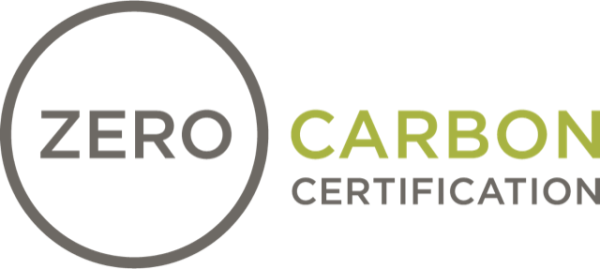INTENT
The intent of the Zero Carbon program is to bring the vision of a fully decarbonized built environment into reality by evaluating, reducing, and offsetting both operational and embodied carbon impacts of buildings. This program fosters the development and use of carbon-free renewable energy resources and neutralizes the impacts of building materials and construction.
REQUIREMENTS
Operational Carbon
- Projects seeking Zero Carbon certification must meet an energy efficiency target over a 12-month period. The targets are specified based on building type, size, and location:
- New Buildings: 25% reduction of energy use intensity (EUI) from an equivalent new building that would comply with ASHRAE 90.1-2010
- Existing Buildings and Interior projects: 30% reduction of EUI from an equivalent project that would comply with ASHRAE 90.1-2010, or a typical existing building of an equivalent type, size, and location.
- No new sources of combustion may be added to the project.
- One hundred percent of the operational energy use associated with the project must be provided by new on- or off-site renewable energy.
Embodied Carbon
- The embodied carbon emissions of primary materials must be reduced by 10% compared to a baseline building of equivalent size, function, and energy performance.
- The total embodied carbon of the project building may not exceed 500kg CO2e/m2.
- One hundred percent of the embodied carbon emissions impacts associated with the construction and materials of the project must be disclosed and offset through the use of on-site carbon-sequestering materials or by a one-time purchase of carbon offsets from an ILFI-approved source.



